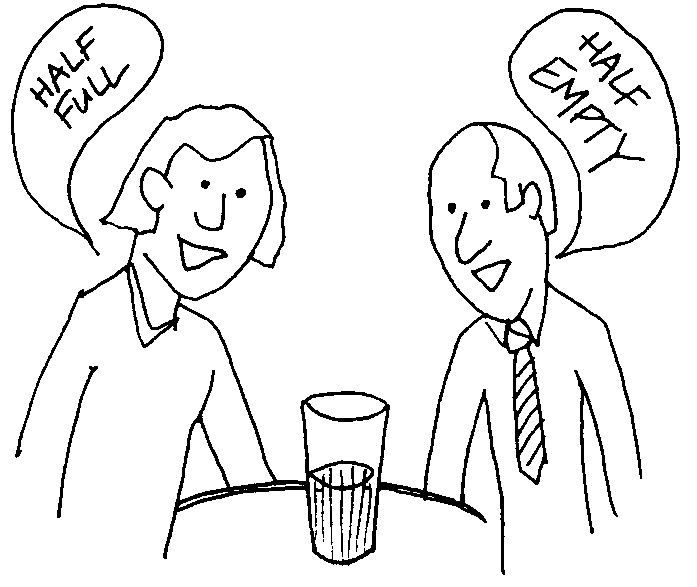
Learn From Greece :How To Run Your Family Budget at Home



 If the good trades–those that line up for me, are made with conviction, and bring little heat–are on the long side or short side, that says something about the market. The really good trades usually are in the direction the market wants to move. If I’m thinking bearish but making money on the long side, that tells me something important.
If the good trades–those that line up for me, are made with conviction, and bring little heat–are on the long side or short side, that says something about the market. The really good trades usually are in the direction the market wants to move. If I’m thinking bearish but making money on the long side, that tells me something important.
 1. 10,000 hours
1. 10,000 hours
In his recent book Outliers: The Story of Success, Malcolm Gladwell describes the 10,000-Hour Rule, claiming that the key to success in any cognitively complex field is, to a large extent, a matter of practicing a specific task for a total of around 10,000 hours. 10,000 hours equates to around 4hrs a day for 10 years. For some reason most people that ‘try their hand’ at trading view it as a get rich quick scheme. That in a very short space of time, they will be able to turn $500 into $1 million! It is precisely this mindset that has resulted in the current economic mess, a bunch of 20-somethings being handed the red phone for financial weapons of mass destruction. The greatest traders understand that trading much like being a doctor, engineer or any other focused and technical endeavor requires time to develop and hone the skill set. Now you wouldn’t see a doctor performing open heart surgery after 3 months on a surgery simulator. Why would trading as a technical undertaking require less time?
Trading success, comes from screen time and experience, you have to put the hours in!
2. Education, education, education.
The old cliche touted by politicians when they can’t think of anything clever to say to their audience. The importance of education to success in trading cannot be placed on a high enough pedestal. You have to learn to earn, the best traders work obsessively to refine their edge further to stay ahead of the curve.
3. Adapt or Die.
Market conditions change and technology advances, thus the conditions for trading are always evolving, the rise in mechanical trading is testament to that. The very best traders through a process of education and adaptation are constantly staying ahead of the curve and creating ever new and ingenious methods to profit from the markets evolution.
Trying to win in the markets without a trading plan is like trying to build a house without blue prints – costly (and avoidable) mistakes are virtually inevitable. A trading plan simply requires a personal trading method with specific money management and trade entry rules.
Discipline was probably most frequent word used by the exceptional trades that I interviewed.
There are two reasons why discipline is critical.
A final word, remember that you are never immune to bad trading habits – the best you can do is to keep them latent. As soon as you get lazy or sloppy, they will return !

 Perceptions are a normal part of daily life. It is normal to have a perception of someone, something or a situation, but this perception is often judgmental. One tends to allow feelings, emotions and looks to affect the perception. Despite being a normal and inherent part of human psychology, perceptions can be highly problematic if left uncontrolled in the case of traders.
Perceptions are a normal part of daily life. It is normal to have a perception of someone, something or a situation, but this perception is often judgmental. One tends to allow feelings, emotions and looks to affect the perception. Despite being a normal and inherent part of human psychology, perceptions can be highly problematic if left uncontrolled in the case of traders.
A trader cannot allow perceptions to cloud his/her judgement and decisions. Perceptions can be deceiving and they thus need to be kept in check as they could lead to erroneous decisions.
In a perfect world, a trader will manage to be completely rational. He/she would be able to assess all facts so as to base decisions and choices on sound information and data. Such a perfect scenario would not allow emotions, perceptions and feelings to come into the picture. As a result the decision making process and the resultant decisions should be ideal. However this is an unreal scenario as we all know that this is not possible in a real world. This is what makes trading psychology so interesting, and yet so complicated and complex. However one should consider this in a positive way as it after all lies at the foundation of why the market and the life of a trader is so challenging and exciting.
The basic idea is to try to keep perceptions under control as much as possible. Despite all efforts though, even seasoned traders may find it hard to be veyr rational at times. One cannot forget that there is tension, pressure, emotion and various other aspects which come into play while a trader is trying to make up his/her mind about the best and the safest course of action. (more…)
“Trade what you see” is a common mantra among short-term traders who formulate their trade ideas from charts. But do we process information from charts in accurate and non-biased ways?
An interesting set of studies reported in the 2003 Journal of Behavioral Finance suggest that perceptual biases in what we see can skew our trading and investment decisions.
Specifically, when investors see a chart that has a salient high point, they are more likely to want to buy that stock. When the chart depicts a salient low point, they are more apt to sell. In the words of the authors, “expectations about future prices assimilated to extreme past prices.”
The authors found that, when a chart contained a highly noticeable high point, traders listed more favorable features of the stock; when the chart depicted a salient low, more negative aspects of the stock were emphasized. Their analyses suggest that charts affect investors by providing them with enhanced access to either positive or negative information about the stock. In other words, our processing of the chart creates a selective bias in retrieval, leading us to view shares in artificially positive or negative ways.
It isn’t too far from the authors’ finding to a broader psychological hypothesis that *any* highly salient feature of a trading situation may skew information retrieval, perception, and action. For instance, the salient information may be a recent large gain or loss; a dramatic market move; or a piece of news. Trading what we see might be dangerous for the same reason that it is dangerous to trade what we hear or what we feel.
When one facet of a situation becomes highly salient to us, we overweight it in our perception and information processing. Our ability to view the entire situation in perspective is compromised. What is most obvious in a chart–or in our minds–may not be an accurate reflection of underlying supply and demand in a marketplace.